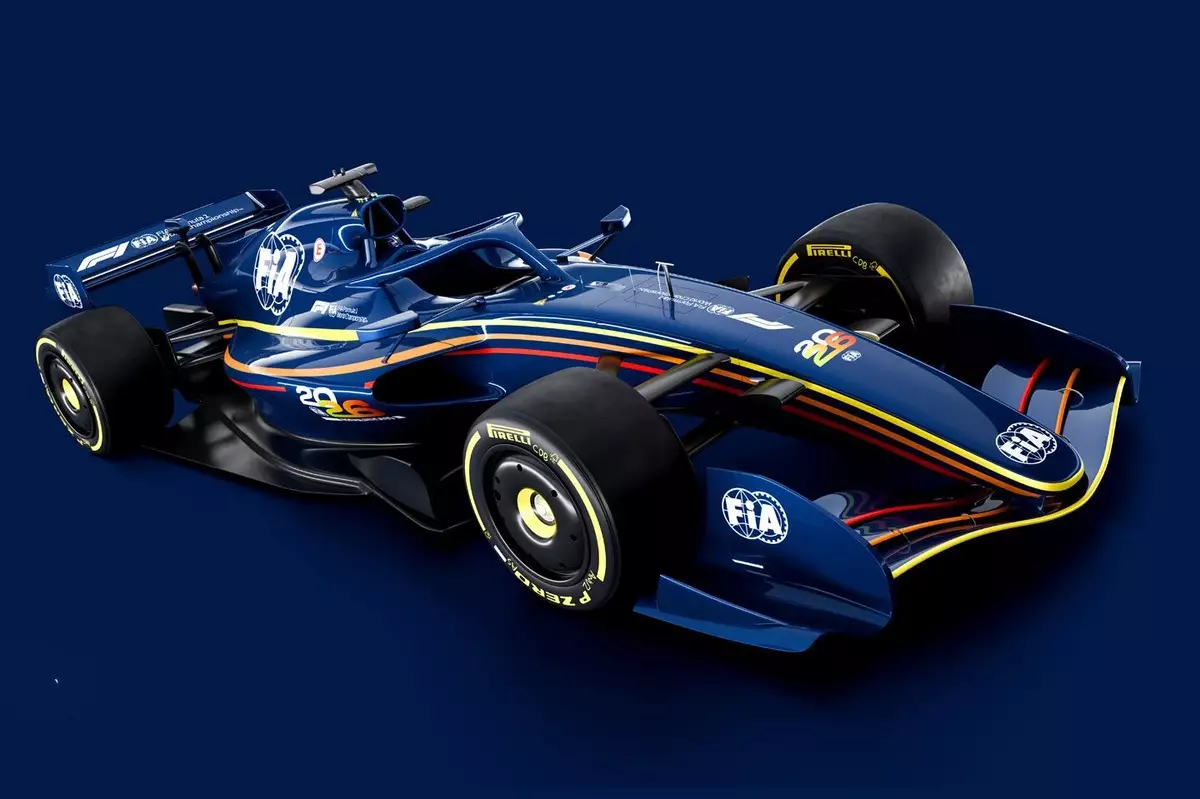In the world of Formula 1, the anticipation surrounding the 2026 regulatory overhaul is palpable, stirring debates and questions across paddocks worldwide. While many fans and insiders focus on lap times, the true depth of this transformation is more profound. It’s a strategic shift that seeks to redefine the sport’s identity, emphasizing more than just raw speed—it champions thrilling races, technological ingenuity, and driver skill. This bold direction is indicative of F1’s desire to evolve beyond mere numbers and to craft a spectacle that remains captivating in an ever-changing sporting landscape.
This overhaul isn’t just about tweaking the technical aspects; it’s an expression of F1’s resilience and adaptability. The sport faces increasing pressure to balance high-performance racing with sustainability and fan engagement. The changes reflect a recognition that the sport’s future depends on innovation, pushing the boundaries of what’s possible not only in technology but also in entertainment. It is a calculated risk—one that could set a new benchmark for motorsport excellence.
Car Dynamics and Performance: A New Era of Racecraft
With the new regulations, the cars of 2026 will drastically shift how racing is experienced. They will accelerate faster on straights thanks to reduced downforce, yet lose significant grip in corners—implying a more tactical and unpredictable race environment. This design choice underscores a move back toward balancing raw speed with driver finesse and strategic thinking, rather than allowing cars to dominate through sheer downforce.
One of the most insightful comments from FIA’s Nikolaos Tombazis suggests that lap times, though still relevant, are secondary to the spirit of competition. Slower cars, by traditional metrics, might seem less exciting, but the real challenge lies in managing these vehicles effectively to optimize each lap. Fans might initially react with skepticism, but history shows that racing has flourished in a variety of technical configurations. When drivers and teams adapt, the spectacle often becomes more compelling.
What is particularly compelling about this evolution is the shift from the pursuit of absolute speed to an emphasis on racecraft—how drivers execute over corners, manage tire degradation, and strategize on the fly. This change could reignite the essence of racing as an art form, where skill and tactics outweigh raw horsepower alone. Fans craving close battles and daring overtakes will likely find this new paradigm more engaging than ever before.
The End of DRS and the Rise of Active Aerodynamics
Perhaps the most groundbreaking change for 2026 will be the removal of the DRS system, a staple of modern F1 racing that has often been criticized for simplifying overtaking. Instead, the sport is introducing active aerodynamics—specifically, the X-mode and Z-mode configurations—that will create a more natural and skill-dependent overtaking environment.
Every driver will have a low-drag mode on straights, functioning akin to a permanent DRS system, complemented by a manual override boost resembling “push-to-pass” mechanisms from other series. The careful calibration of this system is critical. Too powerful, and overtaking could become too easy, undermining racing integrity; too weak, and overtaking remains a challenge. The emphasis on fine-tuning manifests F1’s unwavering dedication to maintaining a delicate balance—one that amplifies overtaking opportunities without compromising driver skill or race excitement.
This evolution not only enhances the spectacle but also pushes teams to innovate and adapt their car designs further. Active aerodynamics could be a game-changer, forcing engineers to rethink strategies and problem-solving approaches. It signifies a move towards a more dynamic and responsive racing environment, where posturing and positioning will require greater finesse.
Beyond Numbers: Reframing Success in Formula 1
Underlying these technical changes is a philosophical shift: the sport’s core values are being repositioned. Instead of obsessing over lap times and raw speed metrics, the focus is on creating a fair, unpredictable, and strategic racing landscape. It’s a recognition that motorsport’s appeal lies not just in how fast cars can go, but in the stories they tell and the battles they generate on the track.
FIA’s stance, reinforced by Tombazis, underscores the importance of close racing over globally captivating spectacles. The nuances of driver skill, race strategy, and innovative car features will become the new benchmarks of success, elevating F1’s appeal beyond that of a simple speed contest. It’s a deliberate push to make the sport more about human storytelling and less about engineering extremes that dilute excitement.
The changes also reflect an industry-wide acknowledgment that Formula 1 must evolve to stay relevant in a world increasingly shaped by sustainability, technological innovation, and digital engagement. By pioneering these regulatory reforms, F1 is not just preparing for 2026—it’s shaping the future of motorsport as a sophisticated, engaging, and sustainable high-performance sport.


Leave a Reply